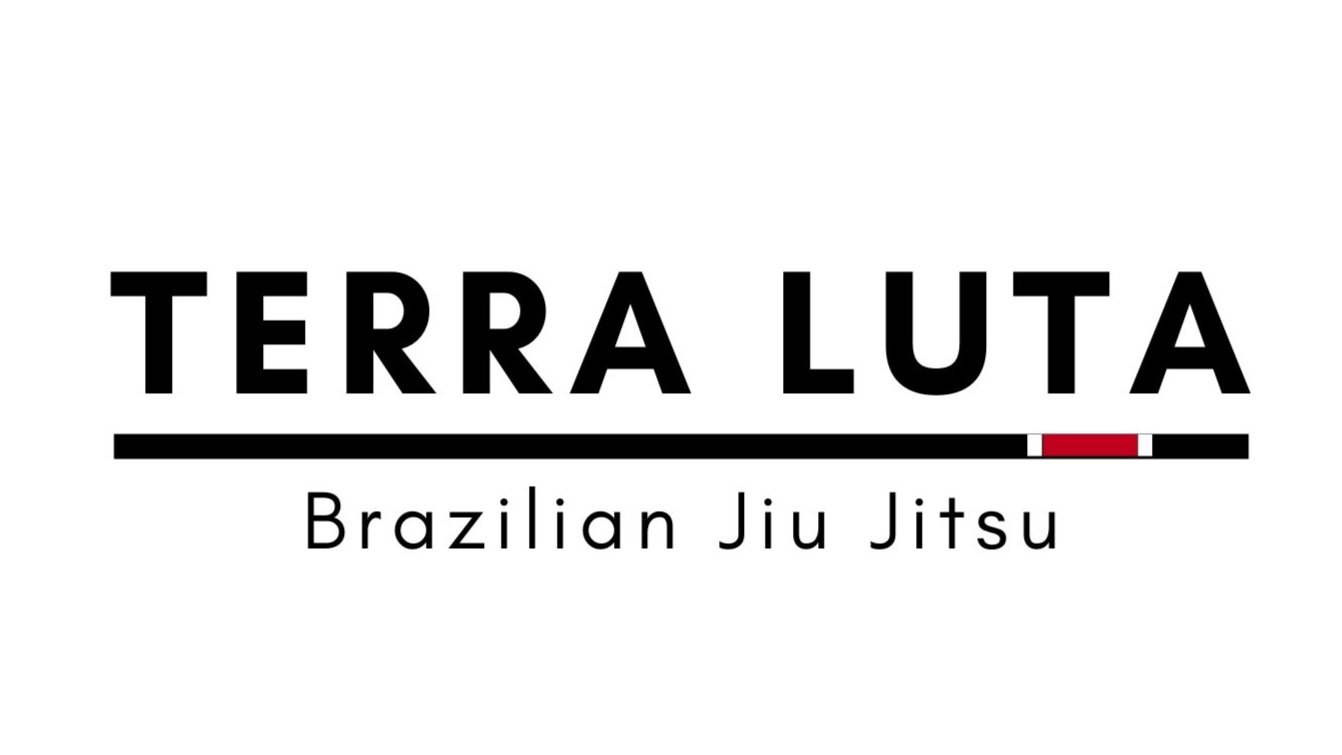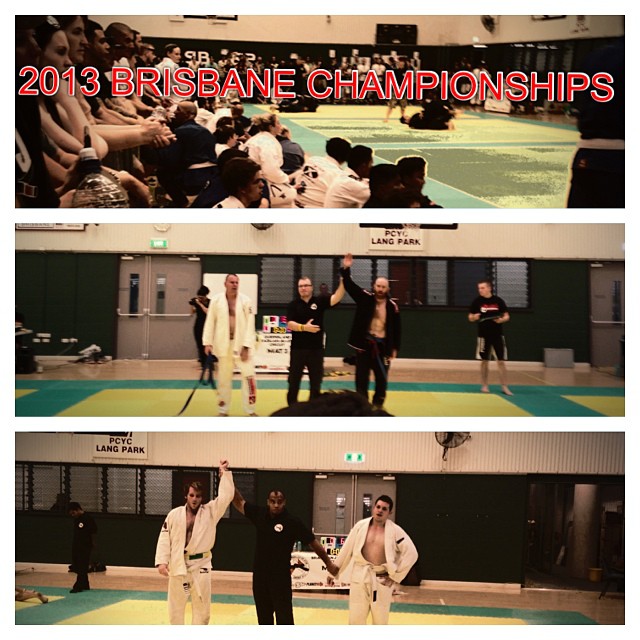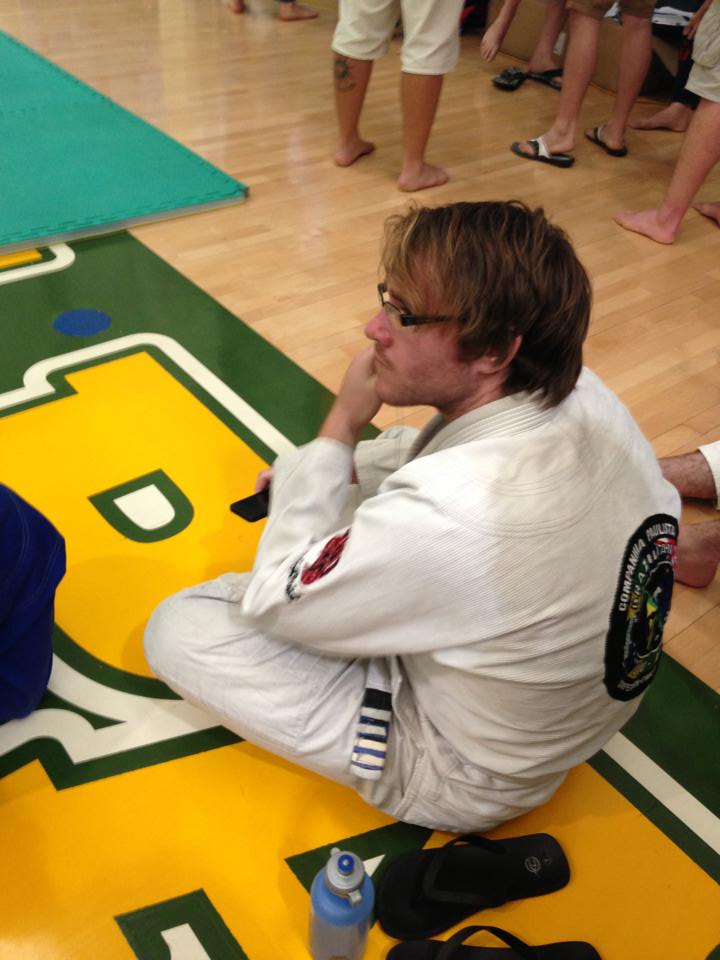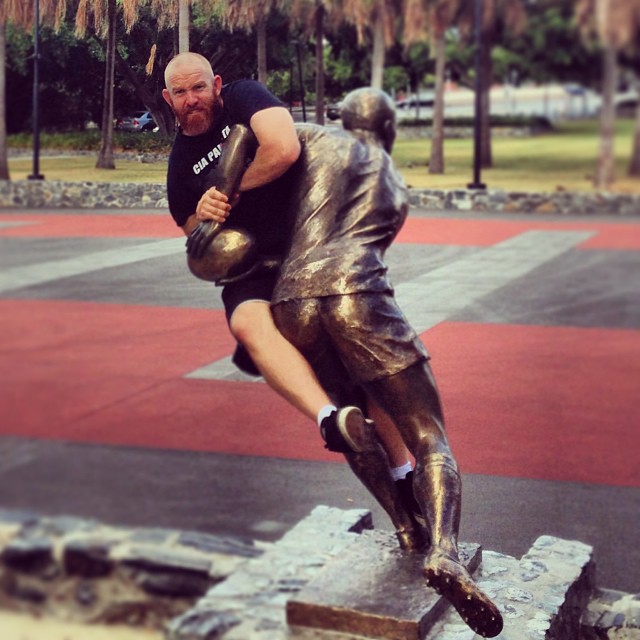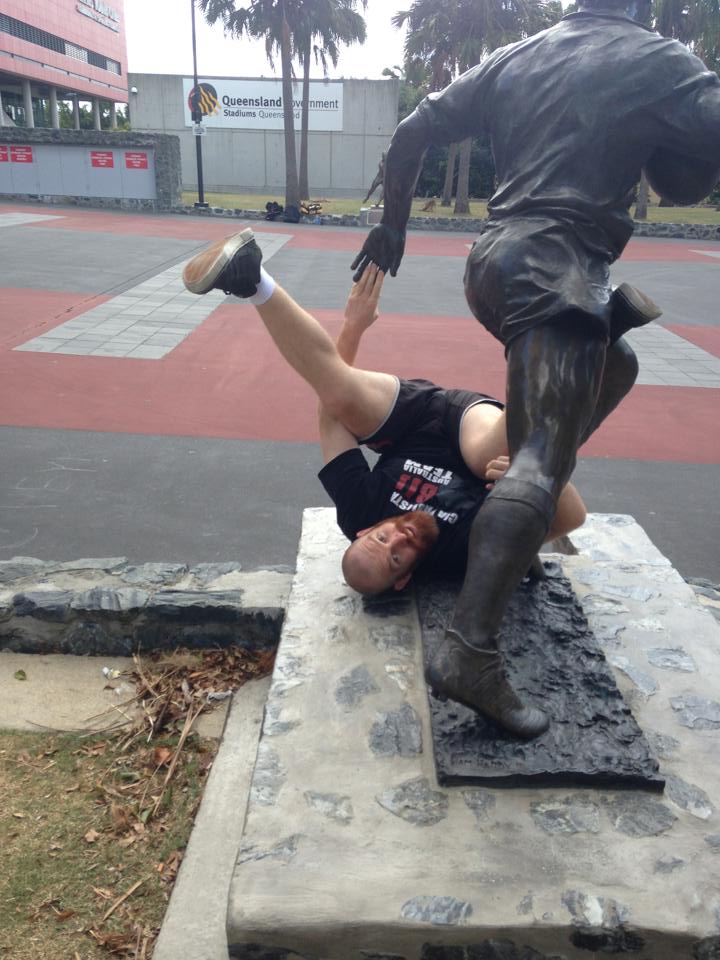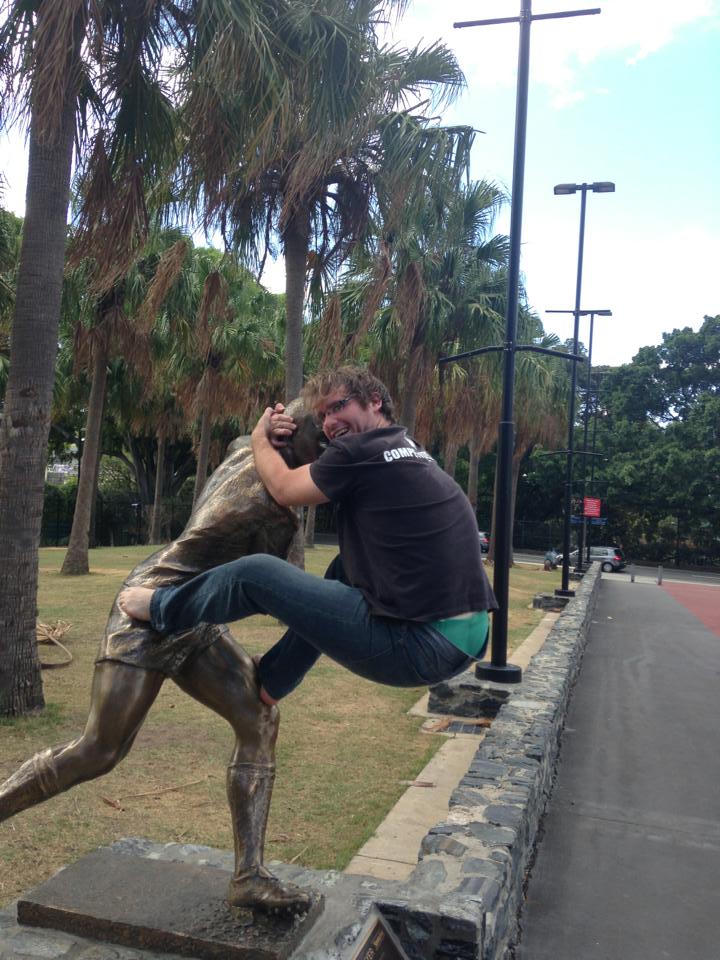Sometimes we retard our progress in life. Fear of failure, fear of what others will say, fear of looking stupid, fear of being shit. I still do it. I hold my self back from losing weight. I find some bullshit excuse to not stick to a plan.
I used to feel fear when I was training BJJ. I would be shitting my self on the long drive down the coast, building up my anxiety in my head. Not scared of getting hurt, but of being shit and getting owned by everyone in the gym.
I use the word fear because it fits. Any one who says they fear nothing, is either really stupid or lying. I think fear is healthy and is just another emotion to be aware of and potentially use in your favour.
Grappling is one of the only sports where you compete at nearly 100% with your team mates every time you train. This is why it is so practical, the techniques are all pressure tested. But it can also stunt peoples development in the art.
Whether we like it or not, we all have some sort of competitive drive, some more than others. As a new White belt I didn't want to get tapped by anyone. I felt useless if I got caught or even pinned by my team mates. My fears were holding me back.
Once i started to let go of the fear of failure I really started to improve. Don't get me wrong, I’m not saying have no fear. I think that feeling of fear is needed to get better. I’m saying acknowledge it, then concentrate on the techniques and concepts. Things will rapidly start to feel different.
Learn to use fear to help your training. It will tell you the positions you need to work on getting comfortable in. Use it to heighten your awareness and then focus in on the task at hand. Rolling at training will became more enjoyable. The feels turn into something more positive and useful.
When totally immersed in a technical roll emotions can start to disappear. It’s weird, you become unaware of the surroundings but completely in tune with the movements and totally connected to the art.
There’s lots of areas in life this mindset can be applied. By being aware of your fears and using them to commit to whatever it is you want to achieve.
